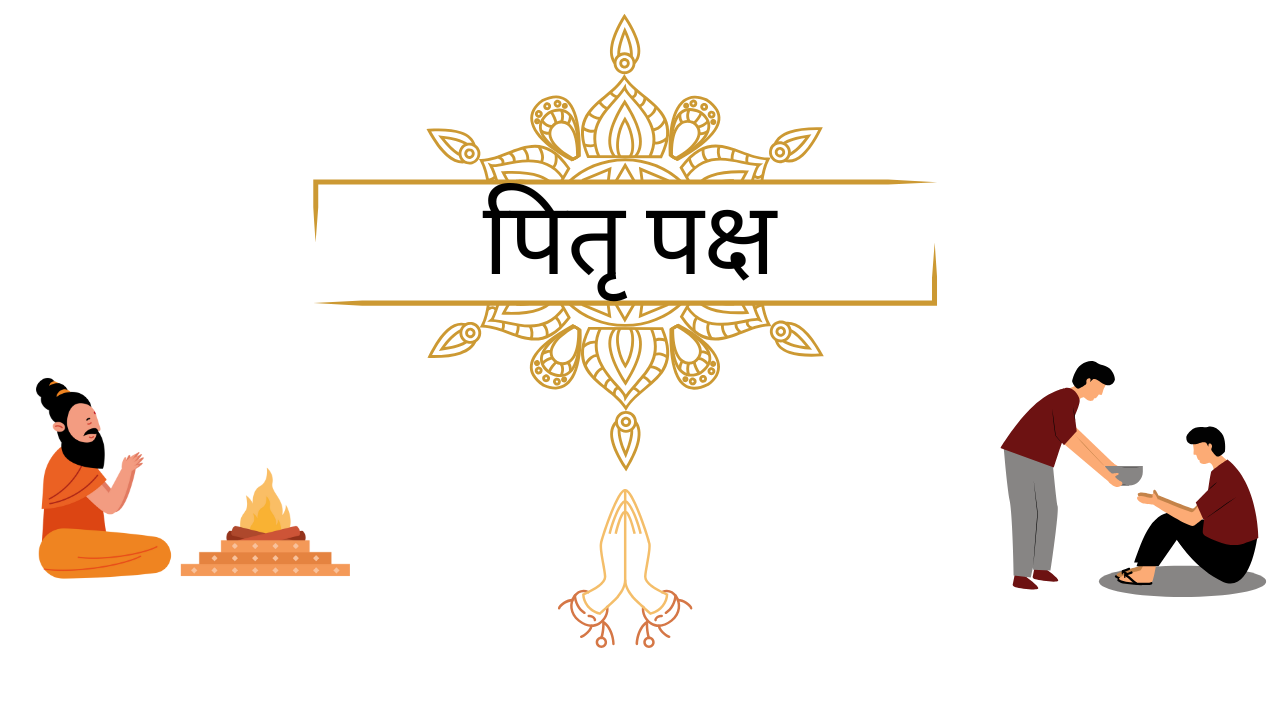Honoring Ancestors in Pitra Paksha: Shraddha Rituals, Tithis & Legends
Pitra Paksha is also known as Shradha Paksha or Mahalaya Paksha, it is a sacred 16-day lunar period in the Hindu calendar dedicated to paying homage to departed ancestors. It falls in the Krishna Paksha (waning phase of the moon) of the Bhadrapada month (September–October).
Why is Pitra Paksha observed? /Legend behind Pitra Paksha
Helping souls attain peace
In Hinduism, the souls of three preceding generations of one’s ancestors live between earth and heaven in a realm known as pitra. This realm is governed by Yama, the God of Death. Those three generations taken by Yama to pitralok have Shradha right. Prayers are performed to bring peace for both the ancestor and the one performing the prayer. Shradha adds happiness to the souls in the next birth.
Repaying Pitru Rina (Debt towards Ancestors)
Every person is born with three debts –
- Deva Rina (Debt to Gods)
- Rishi Rina (Debt to sages and teachers)
- Pitru Rina (Debt to ancestors)
Pitru Paksha helps us to pay rina towards our ancestors through Shradha and offerings.
Connection with the Mahabharata
When Karna died in the Kurukshetra war, his soul went to heaven, where he was offered only jewels and gold. He became plagued with hunger, and the food he touched got converted to gold. Karna and Surya went to Yama and asked the reason. Yama said that Karna never donated food to his ancestors during his lifetime. He only donated gold, thus leading to this situation. Karna was allowed to return to the earth for 16 days to perform the Shradha of his ancestors. Since then, this period is known as pitru paksha.
When to perform Shradha in Pitra Paksha?
- It is performed on the specific lunar day or tithi of the Pitra Paksha when a parent or grandparent died.
- If the exact tithi is not known, the Shradha is performed on Sarvapitri Amavasya (the last day of Pitra Paksha). This is considered a universal day for all ancestors. Those who have forgotten to perform Shradha can do the same on this day. A Shradha ritual performed on this day is considered fruitful.
- Chauthi Bharani and Bharani Panchami, the fourth and fifth days, are dedicated to those who passed away the previous year.
- Avidhava Navmi, also the ninth lunar day, is for women who died before their husbands.
- The dwadashi tithi is for children and ascetics who have renounced worldly pleasures.
- On the first day of Ashvin Shukla Paksha (after Pitra Paksha ends), the daughter’s son (Dauhitra) performs Shraddh for his maternal grandfather (Matamaha). Scriptures say that if the Dauhitra (daughter’s son) performs Shraddh for his Matamaha (maternal grandfather) on this day, the maternal grandfather’s soul attains peace and showers blessings on his grandson.
Always follow the panchang or follow the priest’s advice in order to avoid mistakes.
Where to perform Shradha in Pitra Paksha?
- Perform the rituals at home, generally for those who cannot go to sacred sites.
- Visit a sacred pilgrimage site:
- Gaya, Bihar → The most famous place for Shraddh (Pind Daan at Vishnupad Temple). It is believed Lord Vishnu himself blessed this site so that ancestors attain liberation.
- Varanasi (Kashi), Uttar Pradesh → Shraddh here is believed to grant Moksha to the soul.
- Prayagraj (Allahabad) → At the confluence of the Ganga, Yamuna, and Saraswati rivers.
- Haridwar, Uttarakhand → Offering pindas in the Ganga is considered highly sacred.
- Rameshwaram, Tamil Nadu → Shraddh at the seashore is believed to free ancestral souls.
- Bodh Gaya, Kurukshetra, Pushkar, and many other pilgrimage spots are also prescribed in scriptures.
- Near holy waters or rivers.
- Through temples and priests, through which the families send offerings and donations to priests in Gaya or Varanasi who perform the rituals on their behalf.
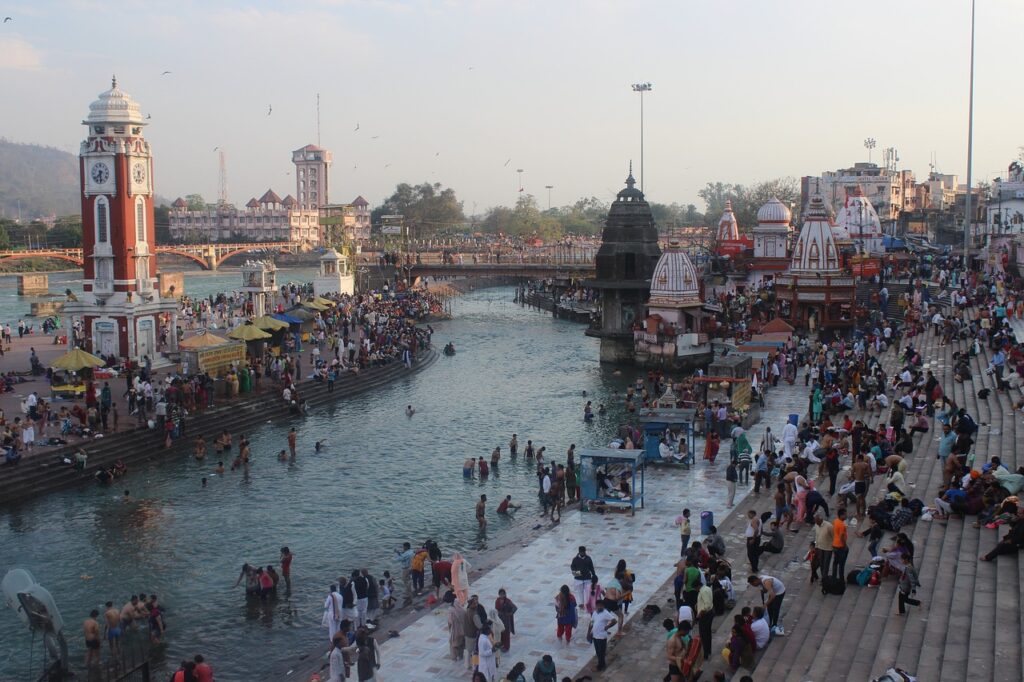
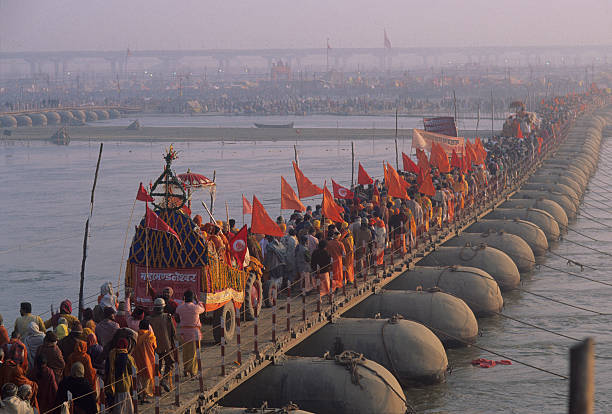

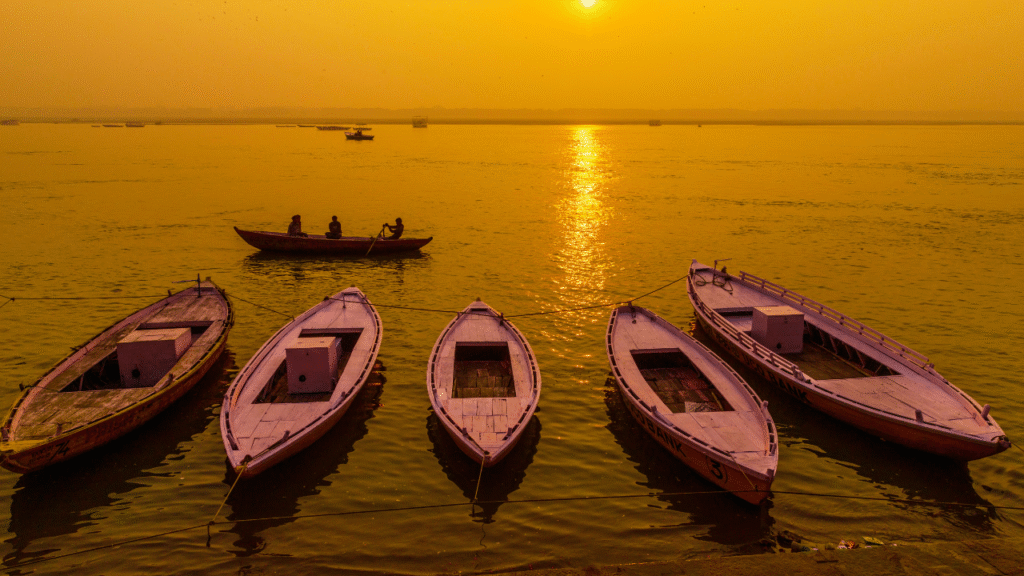
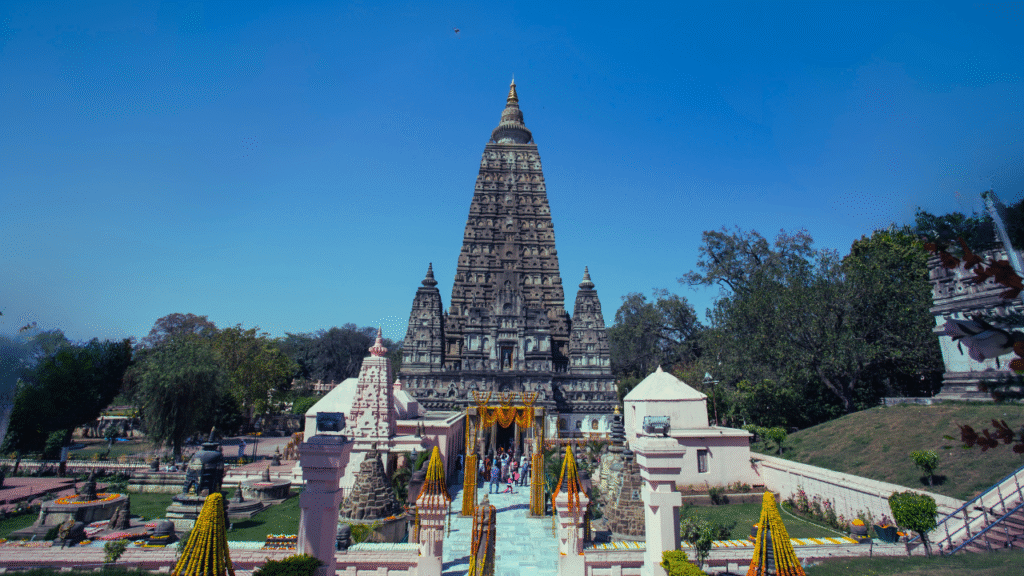
How to perform Shradha in Pitra Paksha?
Preparation
- Purity: The performer (Karta, usually the son) bathes early. He wears clean/sacred clothes and sits on a kush grass mat.
- Sacred Fire & Place: A clean area is prepared, which generally faces south (south is the direction of ancestors).
- Assistance by a priest: A Brahmin priest (pandit) guides the mantras and process.
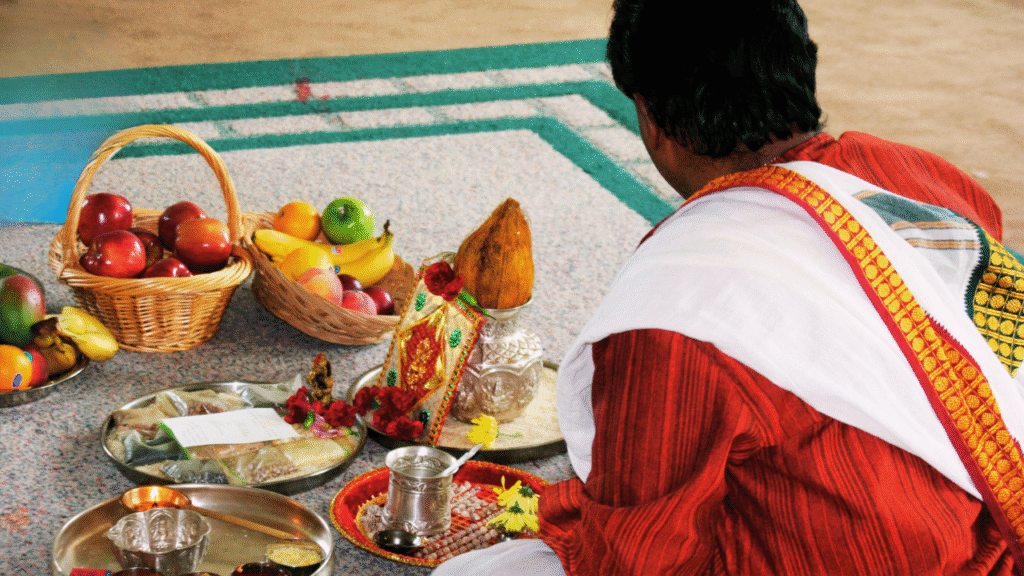
Invocation of Ancestors (Pitru Aahvan)
- The Karta invokes the ancestors by name, gotra, and Tithi.
- Mantras are chanted while offering water with sesame seeds, barley, and kush grass.
Tarpan (Offering water)
- Water mixed with sesame seeds, barley, and kush grass is offered three times to Devas (gods), Rishis (sages), Pitru (ancestors), which symbolizes nourishment, purification, and remembrance.
Pinda Daan (Offering rice balls)
- Balls (pindas) made of rice, barley flour, honey, ghee, and sesame seeds are prepared.
- They are offered on kush grass or leaves to satisfy ancestors.
- Three pindas for father, grandfather, and great-grandfather are usually offered. But some families offer more.
Shradha Havan (Offering fire)
- Ghee, sesame, and sacred herbs are offered to fire (Agni).
- Fire is considered a messenger to Pitru loka.
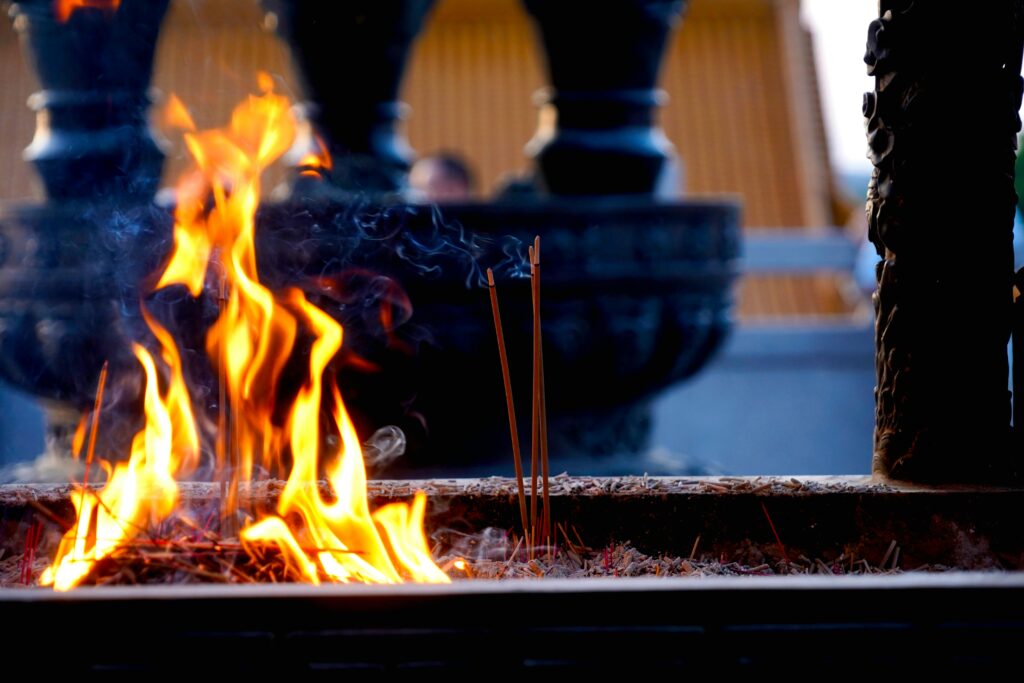
Feeding Brahmins
- Two or more Brahmins are invited, seated, and served satvic food (free from onion, garlic, alcohol).
- They represent ancestors.
- They are offered donations, food grains, and clothes.
Daan (Charity)
- Donating essentials like food, money, and clothes to the needy and poor people is considered very important.
- As per the belief, the donation directly reaches the ancestors.
Feeding animals and birds
- Food is offered to cows, dogs, crows, and ants.
- It is believed that if any offering given to crows is eaten, that means acceptance.
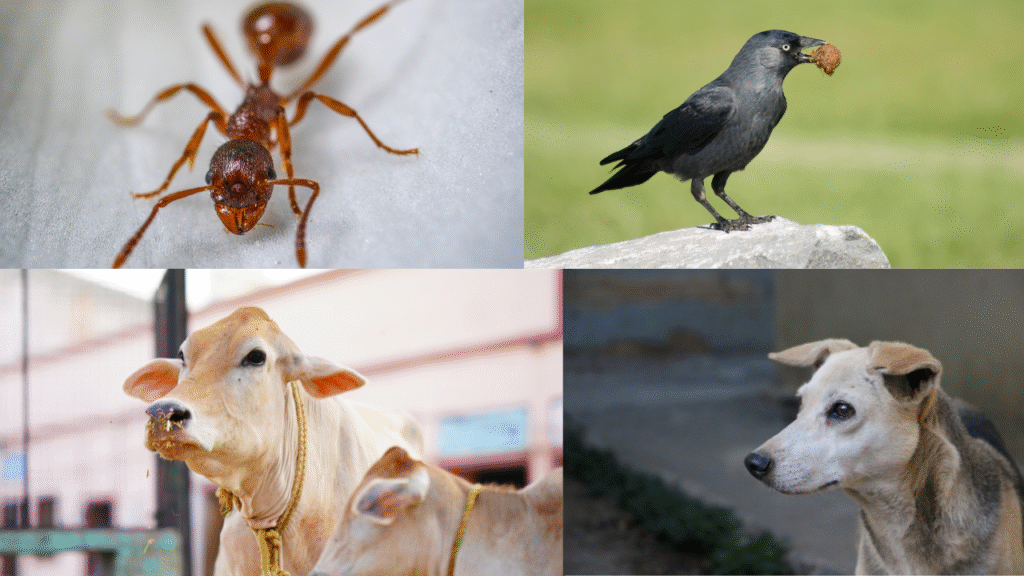
The rituals might seem complex but they have a meaning:
Tarpan - Quenching the thirst of ancestors.
Pinda Daan - Feeding them.
Feeding Brahmins and poor - Extending offerings to living representatives of ancestors.
Charity - Gaining merits and sharing blessings.
Shradha during Pitra Paksha is not only a ritual, but it also expresses our duty, remembrance, and gratitude towards our ancestors. We help our forefathers attain peace and also invite prosperity for ourselves. In today’s fast-paced world, Shraddha reminds us of our roots and the unbroken chain of life that connects generations. Observing these rites with sincerity keeps alive the bond of respect between the past, present, and future — ensuring that the legacy of love and blessings continues.
